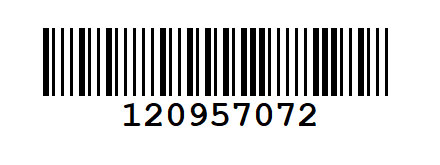MSI
What is a MSI Barcode?
MSI is a barcode symbology developed by the MSI Data Corporation, based on the original Plessey Code symbology. Also known as Modified Plessey, an MSI barcode is a type of continuous symbology that is used to mark retail shelves for inventory control. This type of barcode is not self-checking, but instead uses space between characters to represent data. The length of the MSI barcode is flexible and can be as long as it is needed. It is not widely used for other applications, however.
An MSI barcode is a numeric symbology that uses a four-bit binary number scheme. This type of barcode can hold as many as 255 digits, and is typically used for inventory control. Its continuous and self-checking symbology allows it to store and retrieve information from almost any source. It is available in different shapes, and the maximum length is 255 digits.
The MSI Plessey barcode was created in 1971 by the Plessey Company in England. It is often used in stores and libraries. It can only display numbers, and there is no fixed length. This makes it outdated and not compatible with most barcode scanners. In fact, MSI is the most widely used barcode in the United States, so it is vital to understand what it can and cannot do.
The MSI Plessey barcode is the most common type of barcode used in grocery stores and warehouses. It uses two-dimensional barcodes that can encode up to 255 numeric characters. This type of barcode is the standard in library systems. With the Scanbot SDK, you can read multiple MSI Plessey barcodes and filter them according to what you need.















 RFID Cage
RFID Cage
